Columbus, Ohio - The strength and stability of the emergency medical services (EMS) workforce are critical for ensuring the seamless delivery of prehospital care to communities across the United States. Recent concerns over workforce stability have prompted a comprehensive retrospective study using the National EMS Certification database to shed light on workforce dynamics within the EMS workforce. This study, spanning a 4-year period from 2017 to 2021 and encompassing nine states, provides valuable insights into the dynamics of the EMS workforce.
Key findings from the study include:
Turnover Rates: The study found that EMS professionals leaving the workforce ranged from 16% to 26% in the nine states examined. This variation underscores the need for consistent and transparent measures to evaluate workforce stability.
Positive Growth: Despite the concerns regarding turnover, there was a notable 47% increase in EMS professionals entering the workforce compared to those leaving. This resulted in an overall 30% increase in the EMS workforce during the study period.
Patient Care Workforce: Among the subset of EMS clinicians who reported providing patient care, 74% to 77% remained in the workforce, while 29% to 30% entered during the study period.
State-Level Variation: State-level rates of clinicians leaving the workforce ranged from 16% to 19% among certified EMS clinicians and from 19% to 33% among those providing patient care.
The study's objective was to comprehensively evaluate changes in the EMS workforce, including the number of clinicians entering, staying, and leaving the profession. By providing a detailed analysis of EMS workforce dynamics, this research aims to serve as a foundation for addressing workforce challenges and improving the stability of emergency medical care.
Dr. Ashish Panchal, the National Registry of EMT’s Research Director, stated, "This comprehensive evaluation offers valuable insights into the EMS workforce dynamics in nine states, providing a baseline for further research and initiatives aimed at enhancing workforce stability. Understanding the entry and retention of clinicians in the workforce is crucial for ensuring the consistent delivery of high-quality prehospital care."
The findings underscore the importance of continued efforts to support and strengthen the EMS workforce, which plays a pivotal role in saving lives and maintaining public health and safety.
LINK TO STUDY: https://doi.org/10.1002/emp2.12975
Media Contact:
Shane Cartmill
Public Relations and Media Manager
scartmill@nremt.org

